18 of the most endangered animals in Asia
18 of the most endangered animals in Asia
From the Siberian Arctic and the peaks of the Himalayas to the rainforests of Southeast Asia and tropical islands of Indonesia, Asia is a continent full of vast biodiversity. Sadly, many of the animals found there are among the most endangered species on the planet. Threatened by hunting, habitat loss, climate change, and illegal trade, here are some of the most endangered animals in Asia.
1. Orangutans

Orangutans are some of our closest relatives, but these orange-furred primates are sadly some of the most endangered animals. It’s unknown how many are left, but the Sumatran, Bornean, and Tapanuli orangutans are all critically endangered. They are sadly threatened by habitat loss from palm oil production and logging, as well as hunting and human-caused fires. Orangutans are also victims of wildlife trafficking.
2. Bawean deer
The Bawean deer is a small deer species—standing only 65 to 70 centimetres (a little over two feet) tall at the shoulder—found only on the tiny Indonesian island of Bawean, located between Borneo and Java. There are only 200-500 of these deer remaining. For about 500 years, Bawean deer experienced uncontrolled hunting. Though this ceased in 1977, their population still suffers from its effects. An invasive plant species (Chromolaena odorata) and the maturation of teak are also reducing their grazing area.
3. Rhinos

The Javan rhino, Sumatran rhino, black rhino, and northern white rhino are some of the most endangered mammals in Asia. The Javan rhino is a species residing only in Ujung Kulon National Park on the island of Java, Indonesia—and there are only 18 of them remaining. The Sumatran rhino similarly only has 30 individuals remaining. Black rhinos, native to Africa, are also critically endangered, with a population of about 3,100. The northern white rhino—a subspecies of the white rhino—is perhaps the most critically endangered of all types of rhinos, as only two individuals of breeding age are alive, and both are female. Their only hope of surviving as a subspecies is through assisted reproduction methods, breeding with the southern white rhino.
Rhinos are sadly threatened by poaching and the illegal trade in their horns. There is demand for their horns for use in traditional medicines and for decorative purposes.
4. Aru flying fox
Native to Indonesia’s Aru Islands, the Aru flying fox is a large bat that is possibly extinct, as it has not been found since the 19th century. It’s unknown exactly what has caused its decline, but hunting and sugarcane plantation development are likely suspects.
5. Pangolins
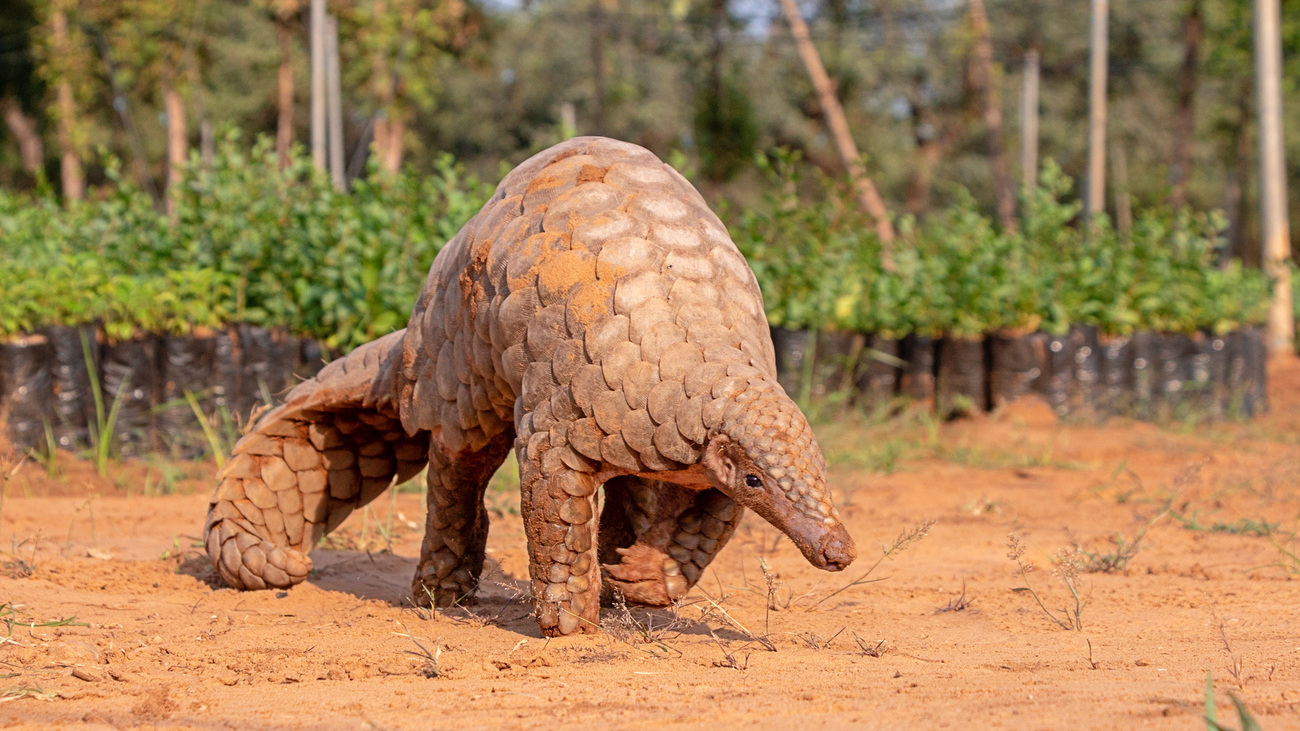
Every species of pangolin is considered vulnerable, endangered, or critically endangered on the IUCN Red List. The four species native to Asia—the Sunda pangolin, Philippine pangolin, Indian pangolin, and Chinese pangolin—are all endangered or critically endangered (only the Indian pangolin is not considered critically endangered).
Poaching and trafficking are huge threats to pangolins; they are considered some of the most trafficked animals in the world. Climate change and habitat loss are also affecting the populations of these small, scaly mammals. Pangolins are very important to their ecosystems, and losing them would impact many other animal and plant species.
6. Langurs
Langurs are large monkeys with long tails and slender bodies, living in forests in Southeast Asia. They are members of the subfamily Colobinae. A number of species are critically endangered: Delacour’s langur, the white-headed black langur, Raffles’ banded langur, the golden-bellied langur, the Bornean banded langur, the Cat Ba hooded black leaf monkey, and the East Sumatran banded langur.
Confined to Cat Ba Island off the coast of Vietnam, there are only 30-35 remaining Cat Ba hooded black leaf monkeys. Delacour’s langur, native to Vietnam, only has 240-250 remaining individuals; the white-headed black langur and Raffles’ banded langur have similar numbers.
Poaching for traditional medicine, hunting for meat, and habitat loss are some of the biggest threats to langurs.
7. Odd-nosed monkeys
Also leaf-eating monkeys like langurs, the odd-nosed monkeys are some of the most endangered primates in Asia. The Myanmar snub-nosed monkey is a species whose population of 350-400 has been restricted to a tiny area in northern Myanmar. The Tonkin snub-nosed monkey of Vietnam has only 80-100 surviving individuals. The grey snub-nosed monkey, with a population of only 200, is restricted to a small habitat in China’s Guizhou province.
Many odd-nosed monkeys are victims of unintentional trapping—hunters set traps to catch wild pigs and deer for bushmeat, but monkeys are caught and killed in them. However, some hunters specifically seek out snub-nosed monkeys for their bones and heads.
Habitat loss and degradation due to logging, infrastructure, and roads are also serious threats to these monkeys.
8. Sulu hornbill
The Sulu hornbill is a large, black bird with a huge beak. It’s recognised by its white tail and the large casque on top of its beak, a bony extension that is mostly hollow. This hornbill is native to the Sulu archipelago in the Philippines, believed to only be surviving in the province of Tawi-Tawi with a population of fewer than 50.
Deforestation for logging, palm oil plantations, rubber plantations, and mining present major threats to the Sulu hornbill. Some of the islands it previously inhabited have been almost entirely deforested.
9. Philippine eagle
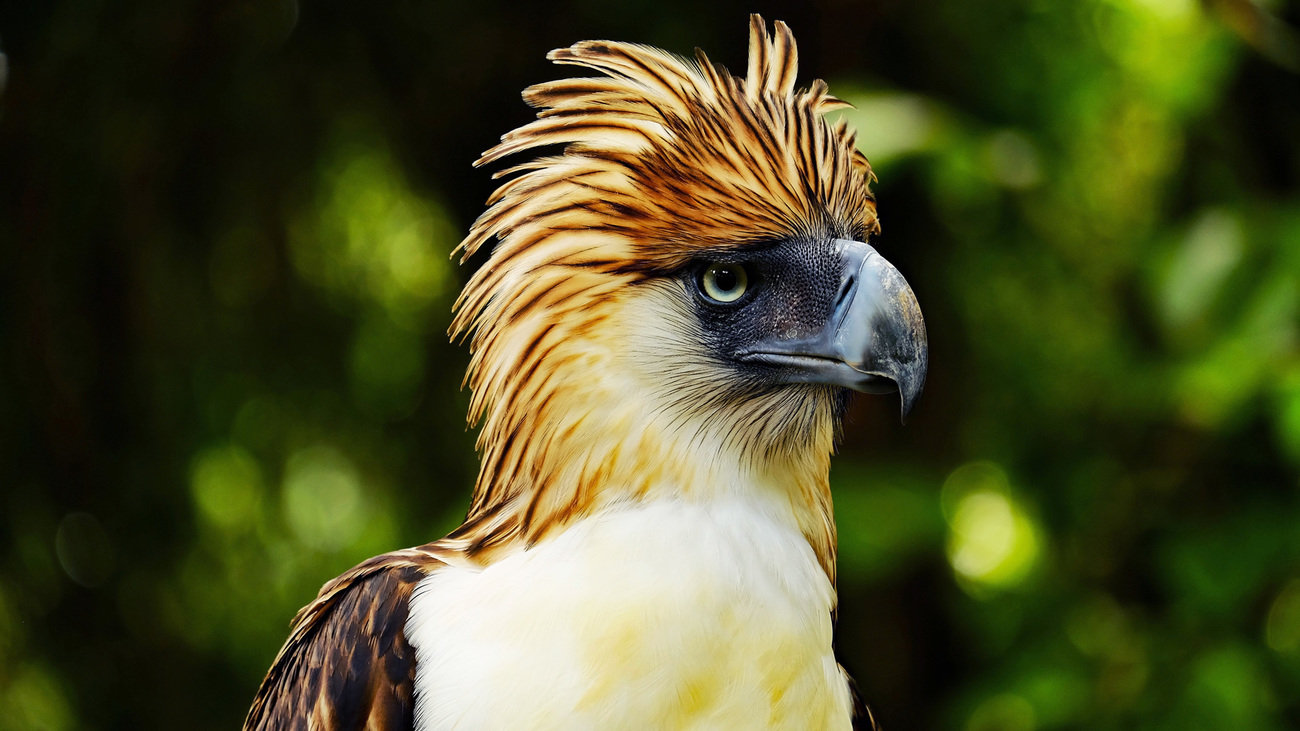
The Philippine eagle is considered the largest eagle in the world in terms of length and wing size, though the Harpy eagle is larger in terms of weight. Killing a Philippine eagle is a criminal offence, as hunting is one of the bird’s biggest threats. Commercial timber extraction continues to cause habitat loss, which may become the largest challenge the Philippine eagle faces in the long term. There are 180-500 of these birds of prey remaining.
10. Silvery pigeon
Native to Indonesia and Malaysia, the silvery pigeon is a bird with pale grey plumage, aside from its black-tipped tail and wings. Currently, it is only known to exist on a few islands off the coast of Sumatra, with a population of fewer than 50. Though little is known about this bird, it is suspected that human settlement, deforestation, hunting, and introduction of predators to the islands displaced and killed off most of its population.
11. Okinawa woodpecker
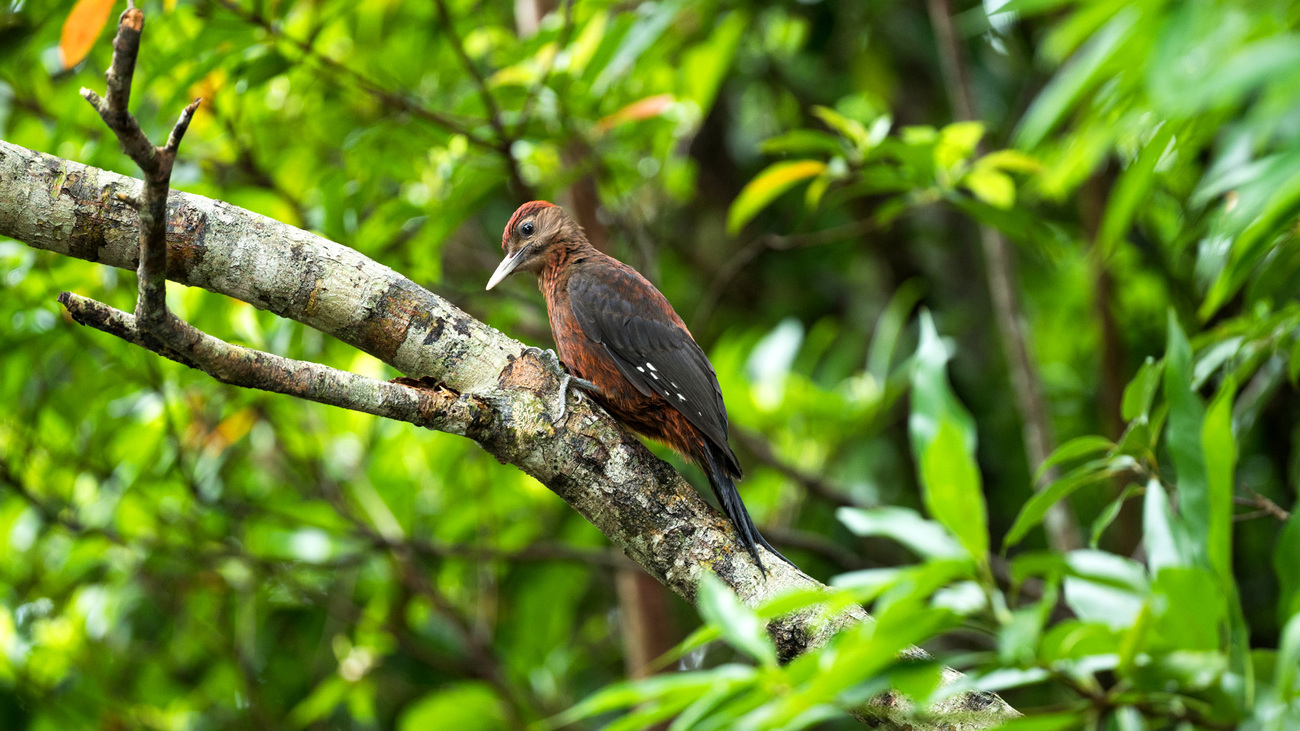
The Okinawa woodpecker is a small bird native to one of Japan’s southernmost islands, Okinawa. This woodpecker has a population of fewer than 250. The main reason for its decline is deforestation, for the construction of roads, farms, golf courses, and helipads on the island.
12. Siau Island tarsier
The Siau Island tarsier is a tiny primate native to a small island in Indonesia. Tarsiers are some of the smallest primates, known for their long fingers and large eyes, which they use to grip tree branches. The active volcano on Siau Island presents a threat to this species. There is also a large human population on the island that has converted almost all of its habitat.
13. Asian giant tortoise
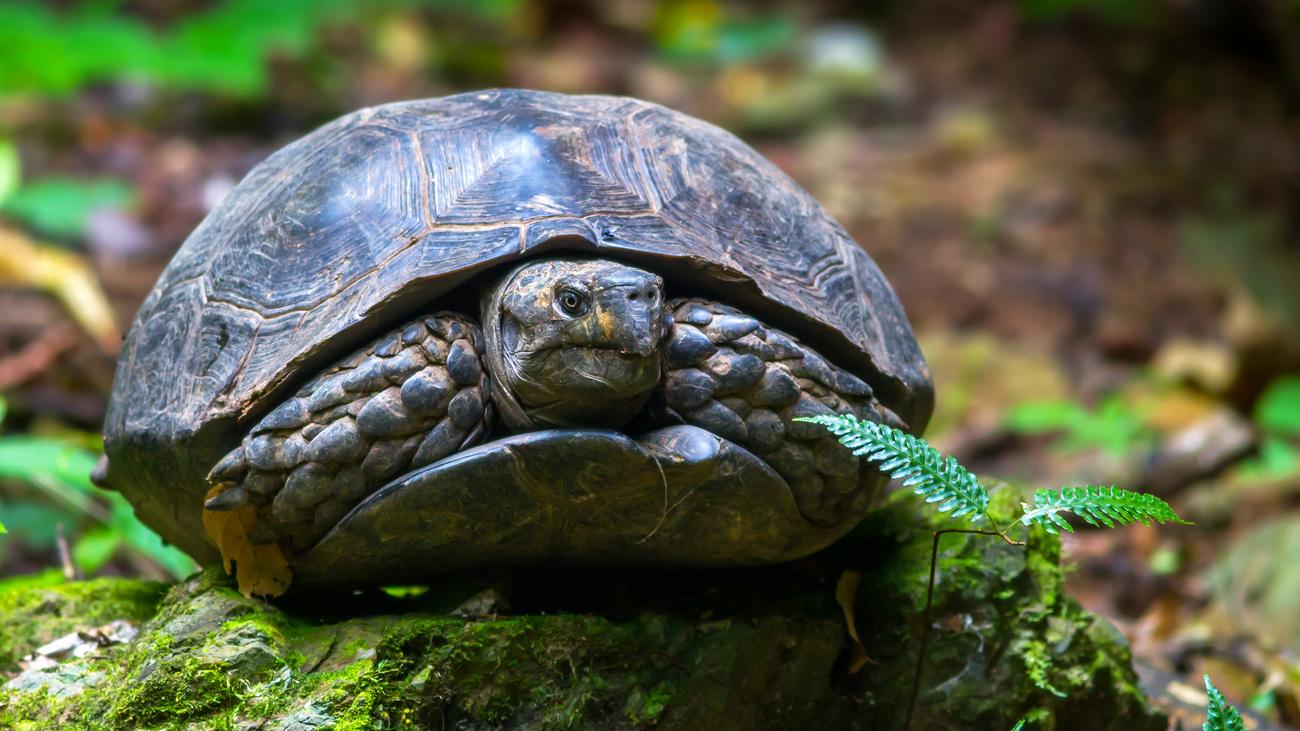
Found in Southeast Asia, the Asian giant tortoise is believed to be one of the oldest tortoise species still alive today. Sadly, it is frequently killed for its meat and exported for consumption in East Asia. Others enter the exotic pet trade. Habitat loss and bamboo cutting also present threats to this tortoise.
14. Malaysian giant turtle
The Malaysian giant turtle is the largest freshwater turtle species in Southeast Asia. It’s found in Malaysia and Indonesia, inhabiting freshwater swamps, lakes, and rivers. These turtles are traded in East Asian food markets, and they are not legally protected in Malaysia despite their critically endangered status. Conversion of their habitat to palm oil plantations also poses a threat.
15. Siberian crane
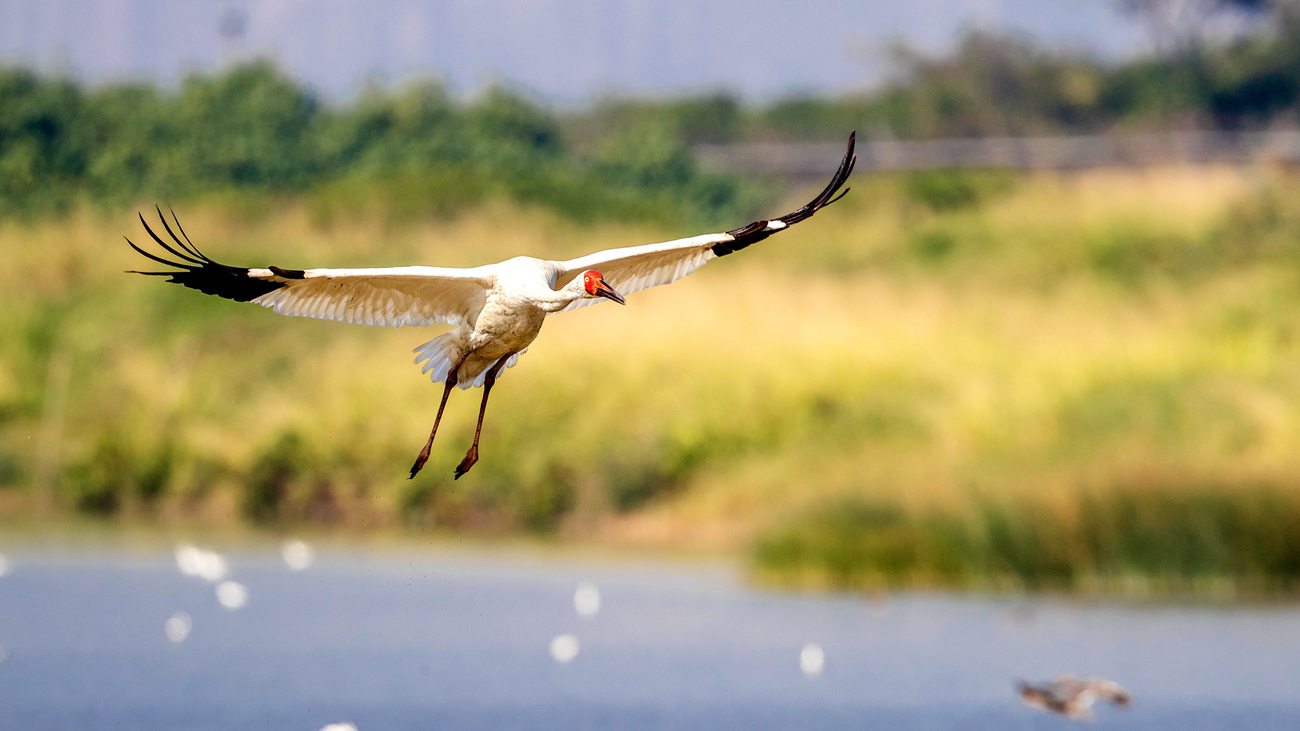
The Siberian crane is a large, white bird that breeds in the far north of Siberia, in the Arctic circle. Non-breeding birds spend their summers on the border of Russia, Mongolia, and China. Siberian cranes travel further south for the winter, spending time in China and Iran.
This species is threatened by the loss and degradation of wetlands at their wintering sites. Water is being diverged for human use, and land is being cleared for agriculture and oilfield development.
16. Blue-fronted lorikeet
Native to the island of Buru, Indonesia, the blue-fronted lorikeet is a critically endangered parrot with a remaining population of fewer than 250. Though little is known about what caused its decline, climate change may present one of the biggest threats to this species.
17. Chinese alligator
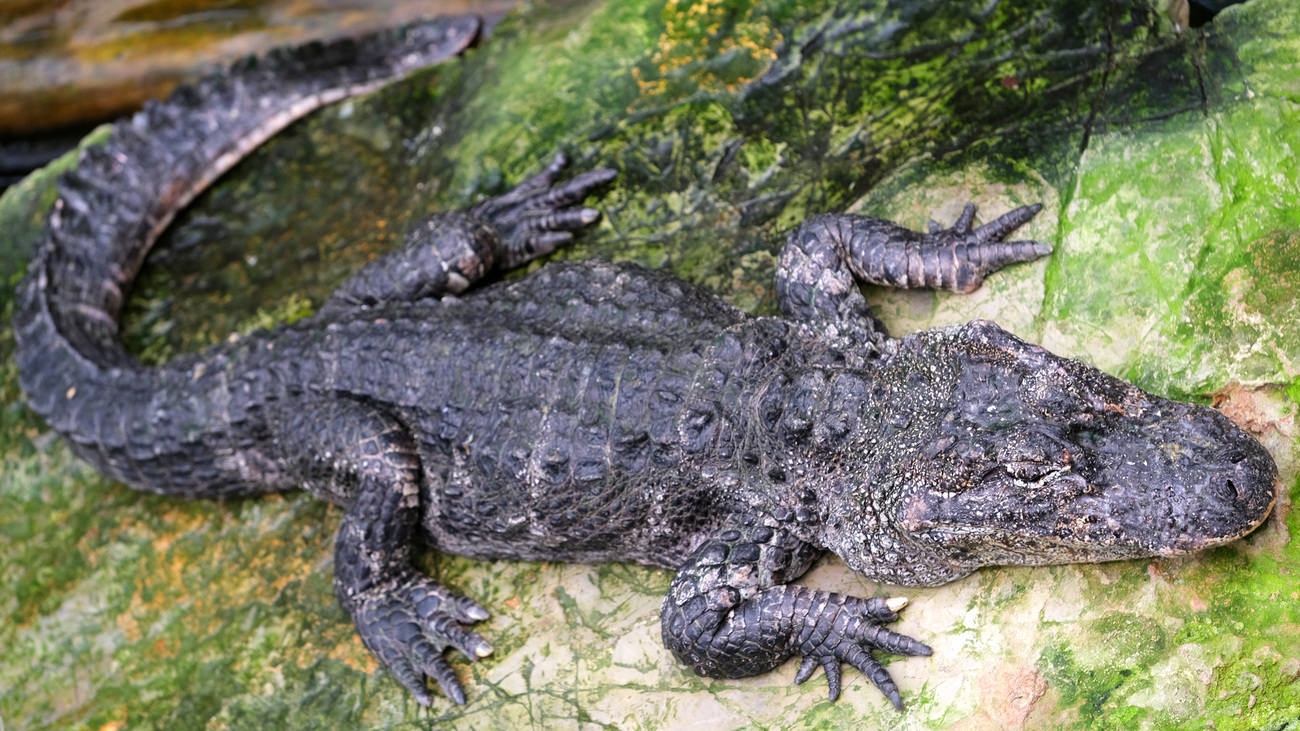
Potentially the real-life inspiration for the mythological Chinese dragon, the Chinese alligator is a critically endangered reptile currently found only in the Anhui province. As a result of habitat fragmentation and degradation, hunting, floods, drought, and pollution, these alligators have been reduced to a population of about 68-86.
18. Himalayan quail
Also called the mountain quail, the Himalayan quail is a member of the pheasant family native to northwestern India. It is feared to be possibly extinct, as it has not been observed with certainty since 1876. However, because it inhabits dense grasses and doesn’t frequently fly, this bird is very elusive and difficult to spot. Any remaining population is likely fewer than 50.
Hunting during India’s colonial period likely contributed significantly to the Himalayan quail’s decline. It has also experienced habitat loss due to limestone mining.
Want to help save these and other endangered animals?
Related content
Every problem has a solution, every solution needs support.
The problems we face are urgent, complicated, and resistant to change. Real solutions demand creativity, hard work, and involvement from people like you.